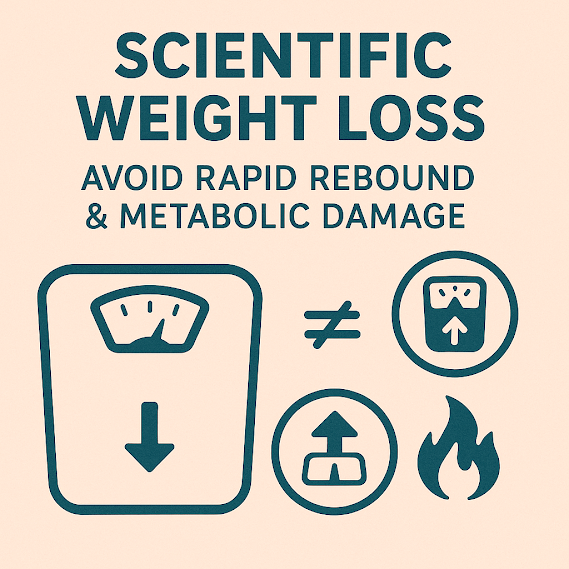Two Essential Conditions for Fat Loss
Many people ask why weight loss starts off quickly but becomes harder after a week or two, often leading to despair and rebound weight gain. Let’s dive in with the editor to uncover the reasons behind this!
To reduce fat, two critical conditions must be met: creating a calorie deficit and maintaining a balanced basal metabolic rate (BMR).
An adult’s daily energy expenditure comprises five components: basal metabolic rate, daily activity, thermic effect of food, adaptive thermogenesis (energy changes due to environmental temperature, stress, or other factors), and exercise. Energy needs vary based on activity level, daily routines, gender, age, and weight, typically ranging from 1,500 to 3,000 kilocalories for most adults, or about 25–50 kcal per kilogram of body weight (assuming an average weight of 60 kg). Beyond these, genetics, digestive function, and health status also influence energy intake, utilization, and expenditure. Here, we focus on general cases.
The Principle of Weight Loss: Creating a Calorie Deficit
To lose weight, you must create a calorie deficit, where energy intake is less than total expenditure:
- Normally, body weight remains stable when:
Food energy intake = Total energy expenditure (BMR + daily activity + thermic effect of food + adaptive thermogenesis + exercise) - If food energy intake > total expenditure, you gain weight.
- If food energy intake < total expenditure, you lose weight.
Most people achieve a calorie deficit by reducing food intake and increasing exercise. However, many overlook the importance of BMR, which is a significant part of energy expenditure. To sustain a calorie deficit, you must maintain a balanced BMR—preventing it from dropping too much or even boosting it. If food intake decreases and BMR also declines, the calorie deficit disappears.
This explains why many mistakenly believe that eating less alone leads to weight loss. In reality, 95% of dieters who rely on extreme calorie restriction regain their weight, with 66% ending up heavier than before. While drastically cutting calories may create a short-term deficit, it disrupts BMR balance, causing it to drop. As a result, the calorie deficit vanishes, stalling weight loss and often leading to rebound weight gain.
The Compensatory Mechanism of BMR
Reducing food intake and increasing exercise can create a calorie deficit, but it also triggers a drop in BMR. Eating less makes you hungrier, and exercise amplifies that hunger, sparking intense cravings. The dual pressure of dieting and exercise can fuel a strong urge to eat, derailing your weight loss plan.
Hunger is a noticeable change, but the less obvious one is the decline in BMR. In a study on adaptive thermogenesis, scientists found that extreme dieting combined with heavy exercise reduced BMR by an average of 300 kcal, with some cases dropping by 500–800 kcal. The higher the body mass index, the greater the BMR decline after dieting. For example, a 180-pound person may burn 300 fewer calories daily after restrictive dieting.
This explains why many experience smooth weight loss in the first week, only to hit a plateau or rebound by the second. At this point, you’re caught in a dilemma: persisting brings discomfort with little progress, while abandoning the diet leads to rapid weight regain, like inflating a balloon.











Comments
Post a Comment